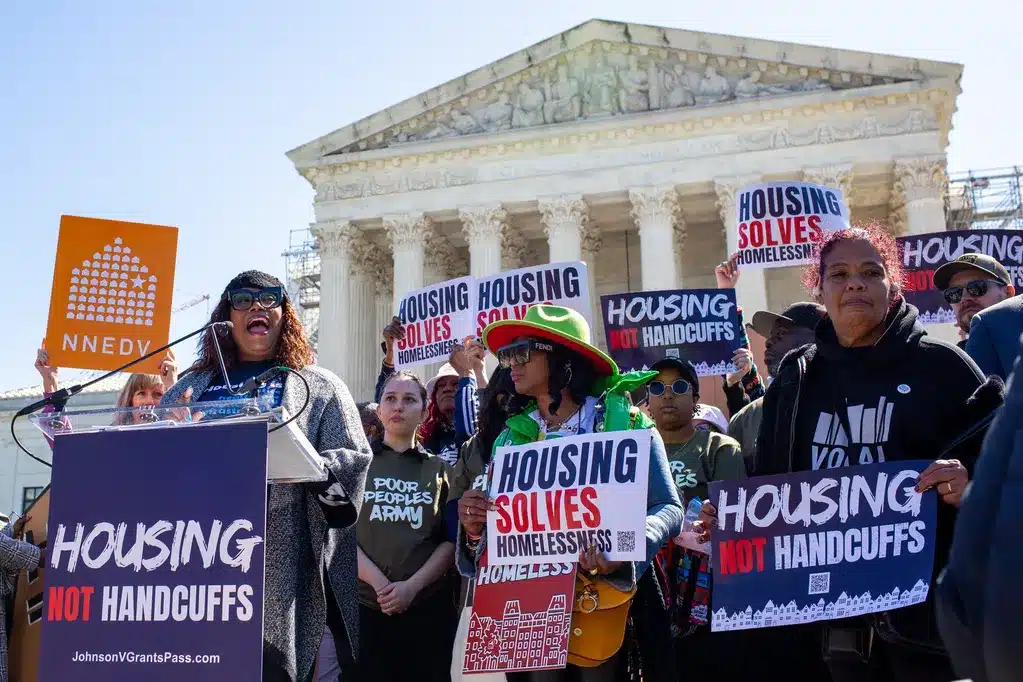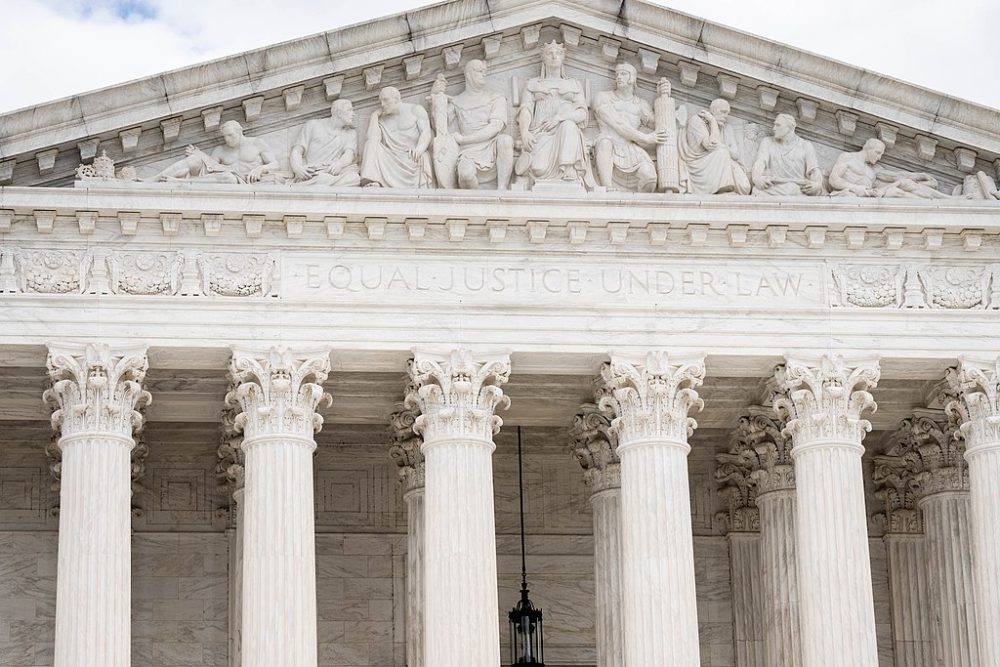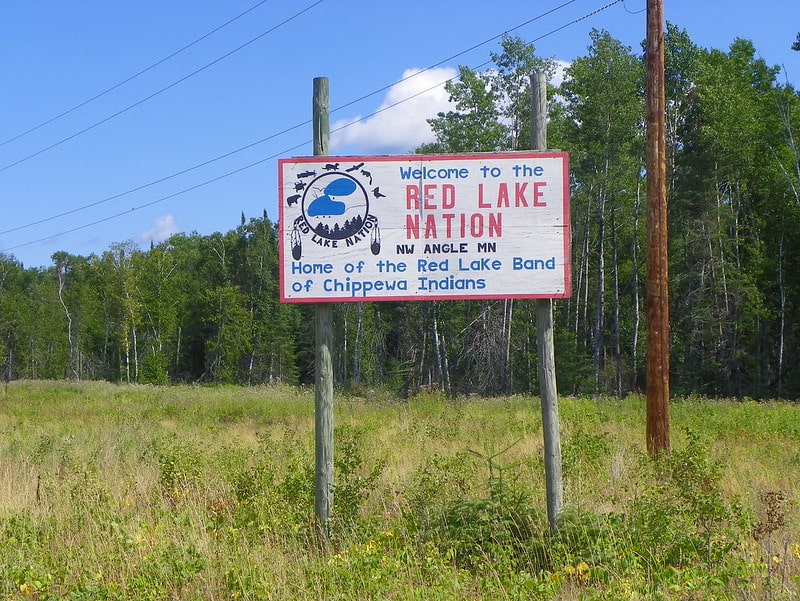Since November of last year, the United States Justice Department has announced multi-billion dollar settlements with the nation’s three largest banks – Citi, JPMorgan Chase and Bank of America (BoA) – over what Justice calls the “packaging, marketing, sale and issuance of residential mortgage-backed securities.” Collectively, these three banks have agreed to pay a total of $36.65 billion to settle a variety of legal claims held over their heads by federal agencies, as well as a handful of state attorneys general who had also filed claims.
It’s not nothing. But when you look at it closely, there’s a lot less to it than meets the eye.
To begin, contrary to the impression many people might have got from the headlines, most of the money will not end up benefiting present or former homeowners or the communities where toxic mortgages did their damage. Almost two-thirds of the money will go into government coffers, about 90 percent, or $21 billion in round numbers, to the federal treasury. Admittedly, that only represents 3 percent of the current federal budget deficit, but I guess every little bit helps.
Actually, by the standards of some settlements, the federal government isn’t being particularly greedy. The state of New Jersey has been negotiating settlements with the people who’ve made the Passaic River in Newark a toxic nightmare. Of a total of $355.4 million in settlement money they’ve negotiated, only $67.4 million, or less than 20 percent, is actually earmarked to clean up the Passaic River, with the rest (except for a few million for lawyers and consultants) going into the state treasury. But I digress.
OK, so the government skimmed, if that’s the right word, $23.5 billion off the top of the three mortgage settlements. Still, that leaves $13 billion for what the settlements call “consumer relief.” While one can resent how much the government is taking, the fact remains that $13 billion is real money. But what does that $13 billion really mean?
Each settlement includes a document entitled “consumer relief,” which lays out a menu of the different things each bank can do that count toward meeting its obligations. It’s a fairly long menu, but a few things stand out.
First and foremost, banks can get credit for reducing principal on underwater mortgages. In the BoA settlement, $2.15 billion, or 1/3 of the total, must be used for principal reduction, but that’s a minimum, not a cap. For every $1 of principal that’s written off, the bank gets $1 credit, but for write-offs they take before next August 31 they get 15 percent bonus credit, and for certain write-offs taken before next May 31, they get a 50 percent bonus credit.
When you think about it, this is pretty painless for the bank, because given the size of its portfolio, there’s bound to be $2 billion worth of negative equity in there that’s unlikely ever to come back, whether or not it gets a tax writeoff for it. By a back of the envelope calculation, despite improvement in the last couple of years, there’s still some $600-$650 billion in negative equity out there. This will help some families, but they will represent only a small percentage of those who may need it, and many would have received the same benefits anyway.
It gets worse, though. “Consumer relief” item 4A allows a $1 to $1 credit for “forgiveness of principal associated with a property where foreclosure is not pursued and liens are released.” I think of this as the “walkway” provision. If the bank, say, holds a $100,000 mortgage on a property in Detroit that is now valueless, it can get a $100,000 credit for–in effect–walking away from it. Reflecting somebody’s concern that this might be abused, the Citi settlement contains an ominous footnote, to the effect that “Citi will, in good faith, endeavor to keep the credit earned for Menu item 4A to under $553 million credit.” I guess the Justice folks realized that this was a bit much, so the third settlement, with BoA, contains language limiting item 4A to occupied properties.
The settlements all also allow the banks to get credit for a variety of activities that would actually benefit the communities that were devastated by the subprime, abusive, and predatory lending that presumably led to these settlements, and which are still struggling nearly a decade later. Although the wording varies from settlement to settlement, these menu items include such things as rehabilitation or demolition of vacant properties and funding for CDFIs, land banks, and similar entities.
Precious little, though, has come out of this to date, which is hardly surprising. Why should a bank spend real money to get credit under the settlement, when it has so many ways to earn credit without it costing it a dime?
This reality has come home to folks in Ohio, who have been fighting for the past year without success to get the banks to invest some real money to help reverse the decline in a state that has been hit particularly hard by subprime lending and foreclosures, as the Cleveland Plain Dealer recently reported. Their efforts might have helped pry the door open a notch. The BoA settlement requires the bank to provide at least $50 million in funding to CDFIs and land banks, for which the bank will get $100 million in credit.
I guess that’s something, but in a $16.65 billion settlement, let’s face it, it’s not much. The sad story of these settlements might be seen as an epilogue to the even sorrier story of the administration’s half-hearted, stumbling response to the foreclosure crisis. Press releases are issued, headlines are garnered, a few people benefit, but the communities struggling to deal with the aftermath of the crisis are still out there, on their own.
(For those who want to go to the source, here are the documents in the BoA settlement.)
(Photo by Flickr User OccupyFightsForeclosures, CC BY.)




Comments